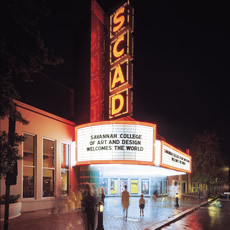
The "digital divide" has been a topic of concern for more than a decade. But having a voice in decisions that matter in a global, information society goes well beyond simple access to the Internet. Organizational skills needed to gather information, deliberate about complex issues, and mobilize political support have too often been limited to a limited stratum of formally educated elites. Shack/Slum Dwellers International aims to ,
enable those who are affected by poverty to become organised and united in ever-expanding networks, and to play a defining role in the way in which Governments and multi-laterals discharge their obligations to the poor.


